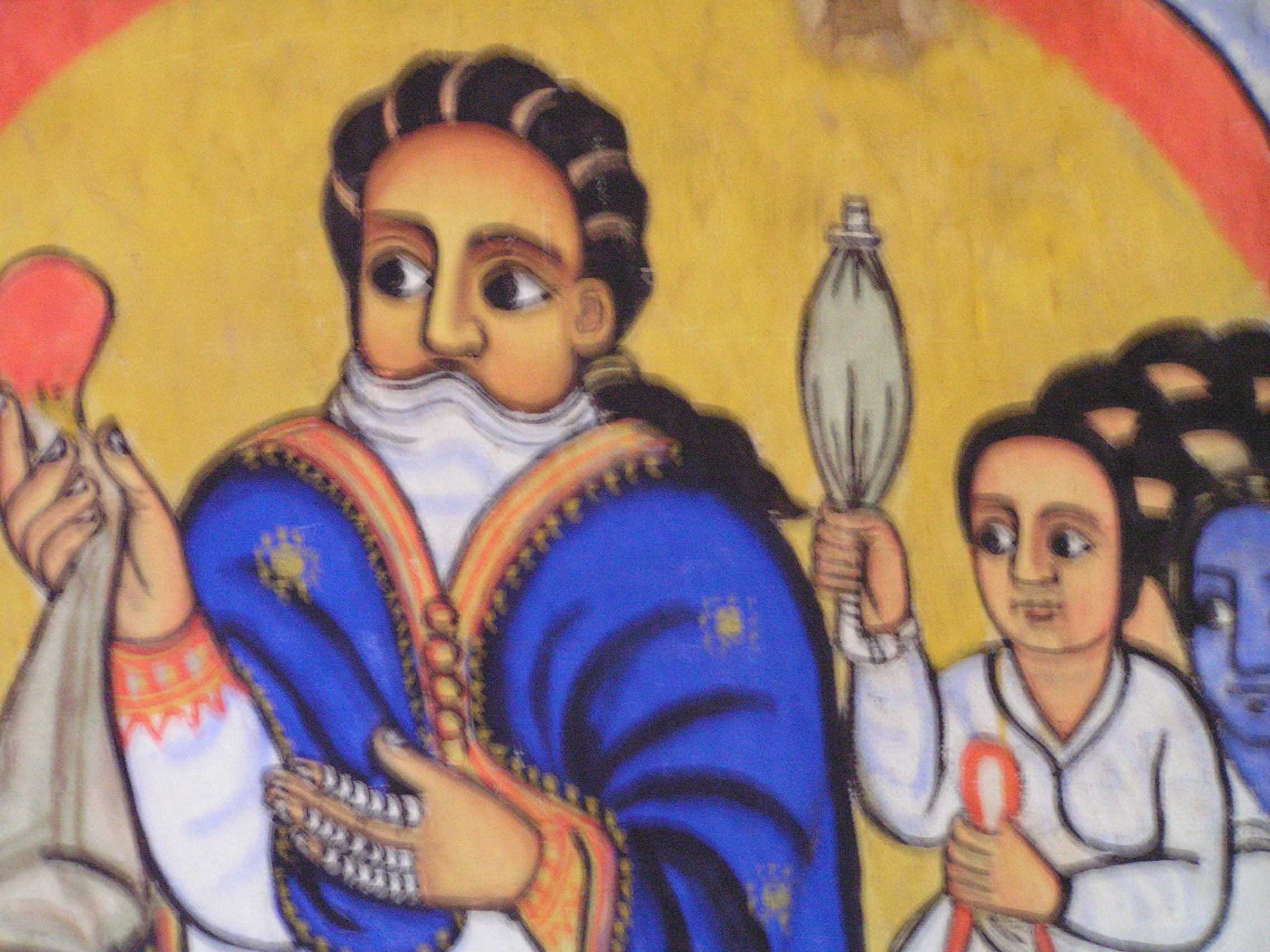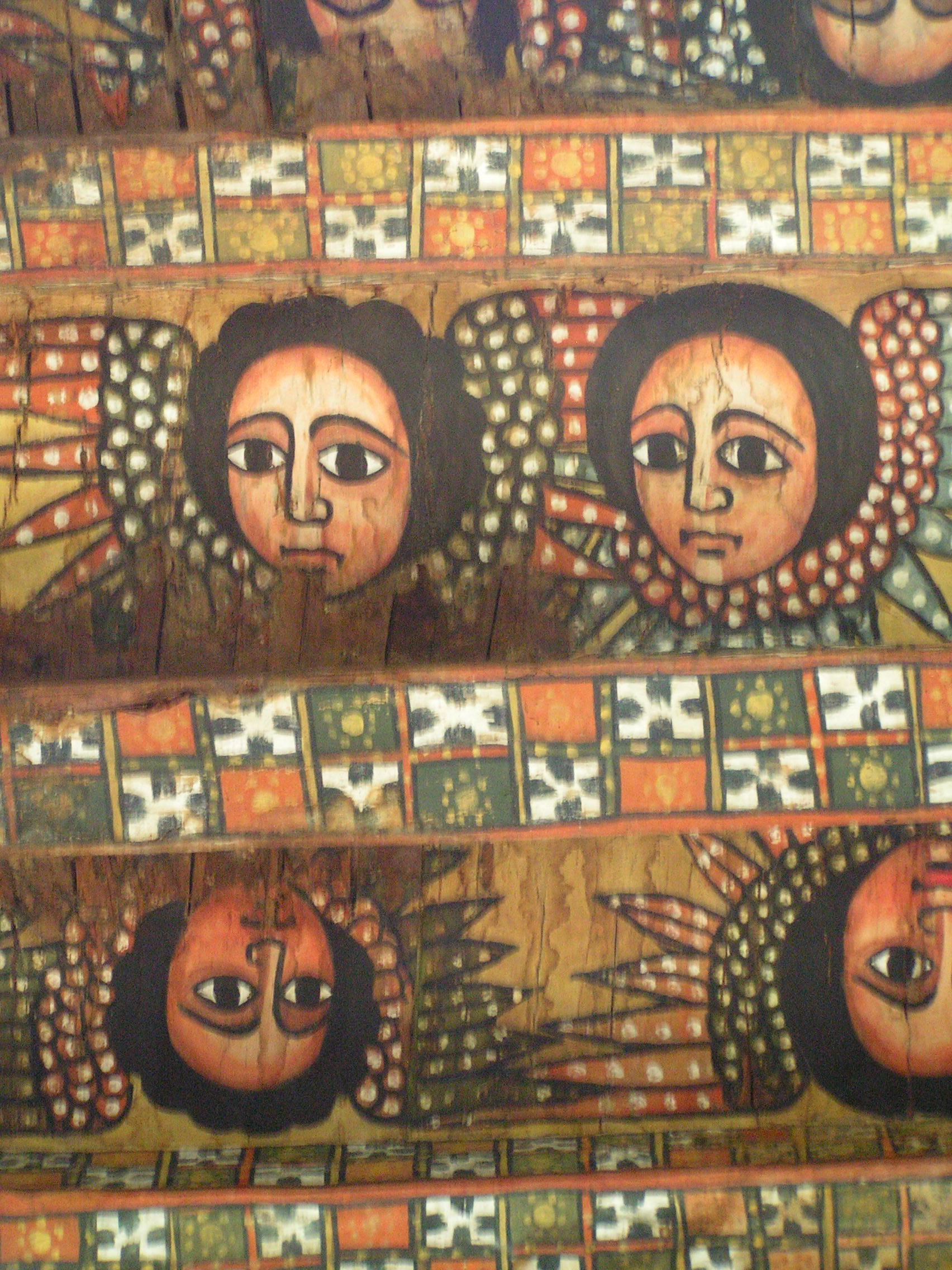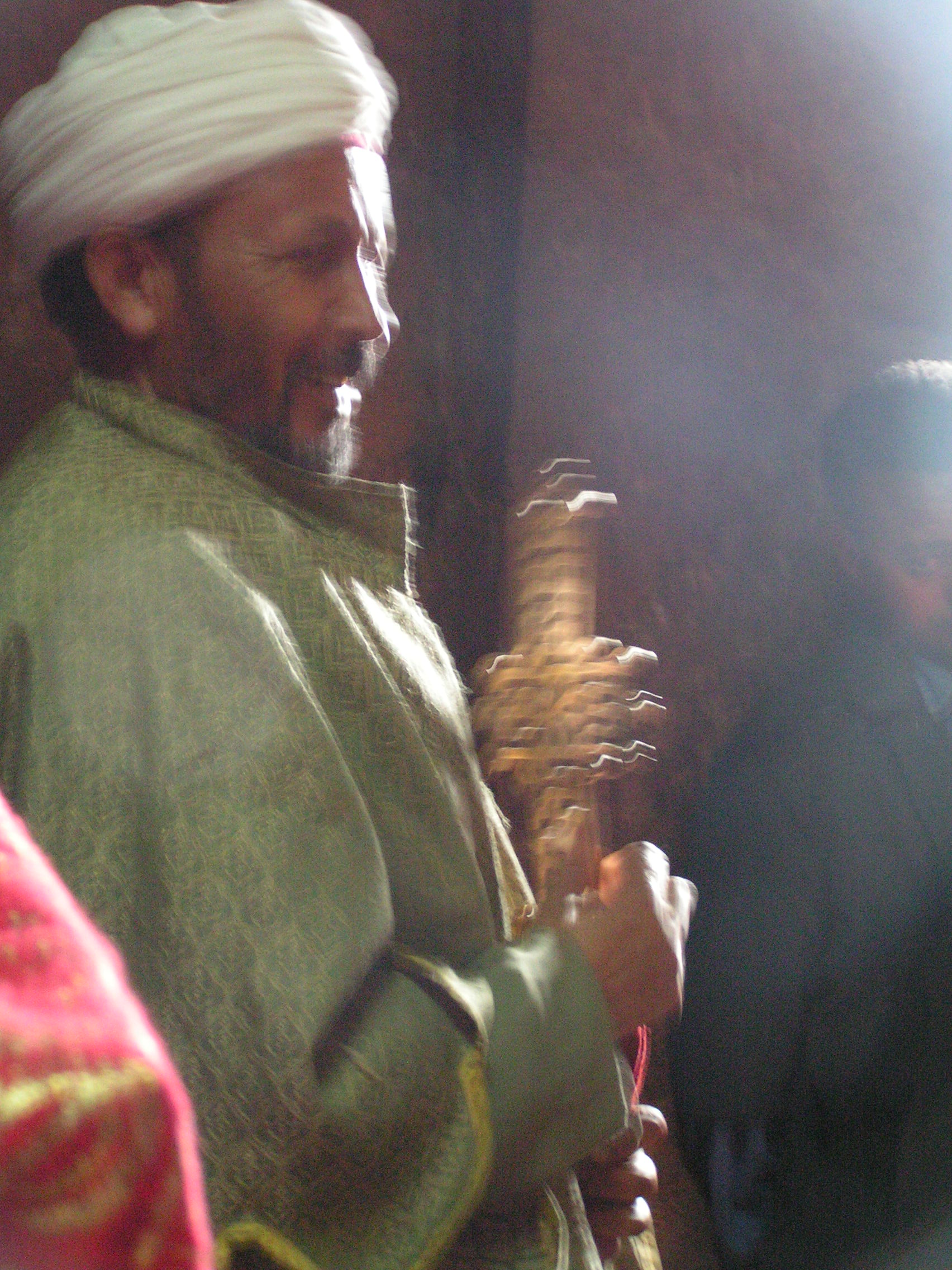Ethiopia Historic Route tours bring to life the spread of Christianity in sub-Saharan Africa from antiquity to the present day.
“There is nothing in sub-Saharan Africa – in a sense, nothing else in the world – that prepares the visitor for the wealth of historical and cultural treasures, both ancient and living, contained in northern Ethiopia.” Philip Briggs, Bradt Guide to Ethiopia.
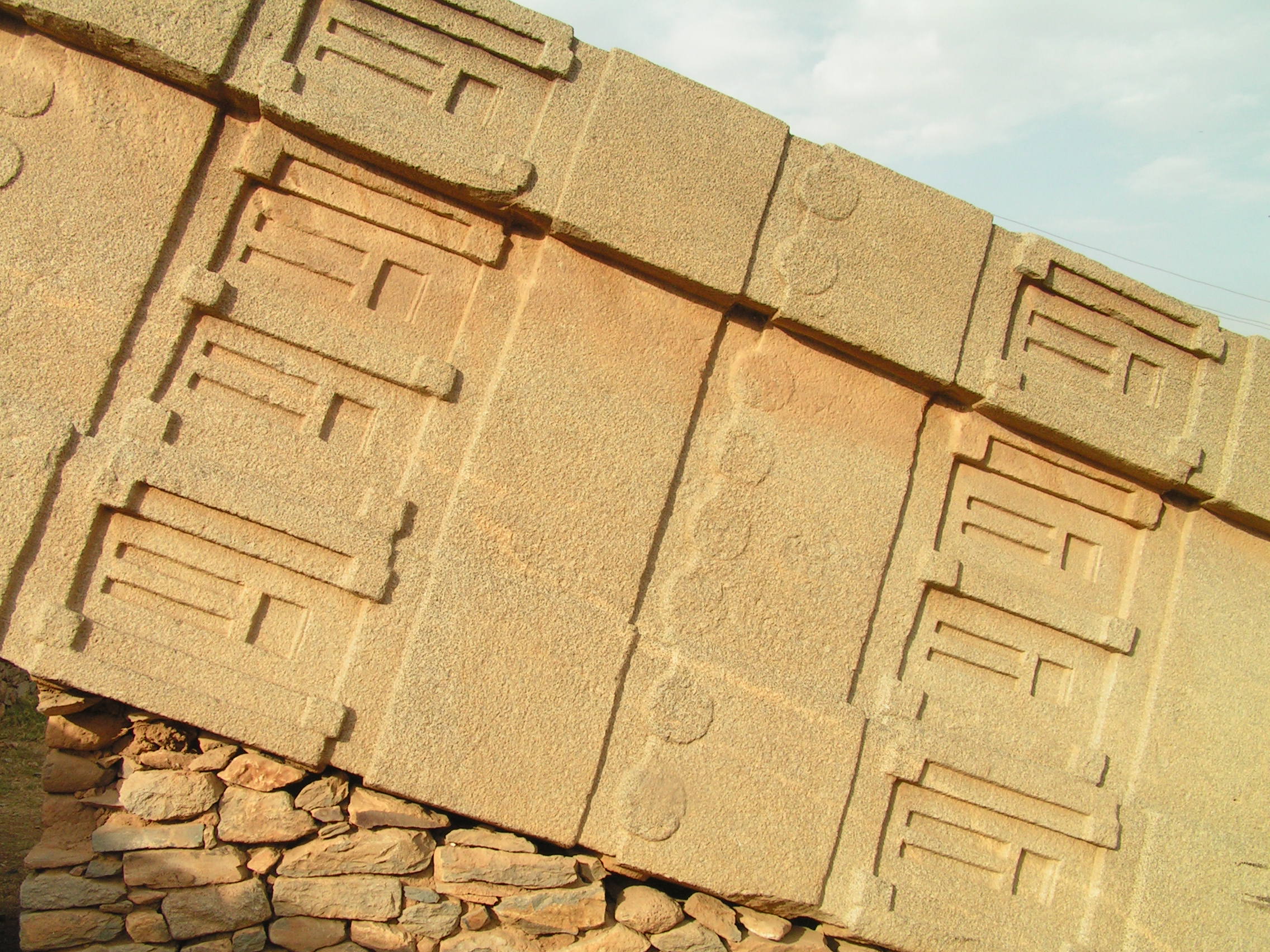
The history of the Christian church in Ethiopia begins in and around Axum in the first half of the 4th century AD, the era of Constantine, with the establishment of Christianity as a state religion by Ezana the Great (320-360), leader of the Aksumite kingdom and one of the world’s first Christian rulers. In the course of the following centuries the Ethiopian, or Tewahedo, Church, would develop a highly unique form of Christianity, far removed from the Catholic Church in Rome, with which it is roughly contemporary, and the Coptic church in Egypt, to which it was ostensibly attached.
The 5th and 6th centuries saw the development of the physical and organisational structures of the Ethiopian Church (priesthood, places of worship, rituals) and its gradual spread across northern Ethiopia. These early Church structures were likely heavily influenced by, if not built upon, the existing Judaic structures that we know were present in Ethiopia from as early as the 10-century BC; it is assumed that many of the first Christian places of worship, including the famous temple at Yeha, were converted former Sabaean temples.
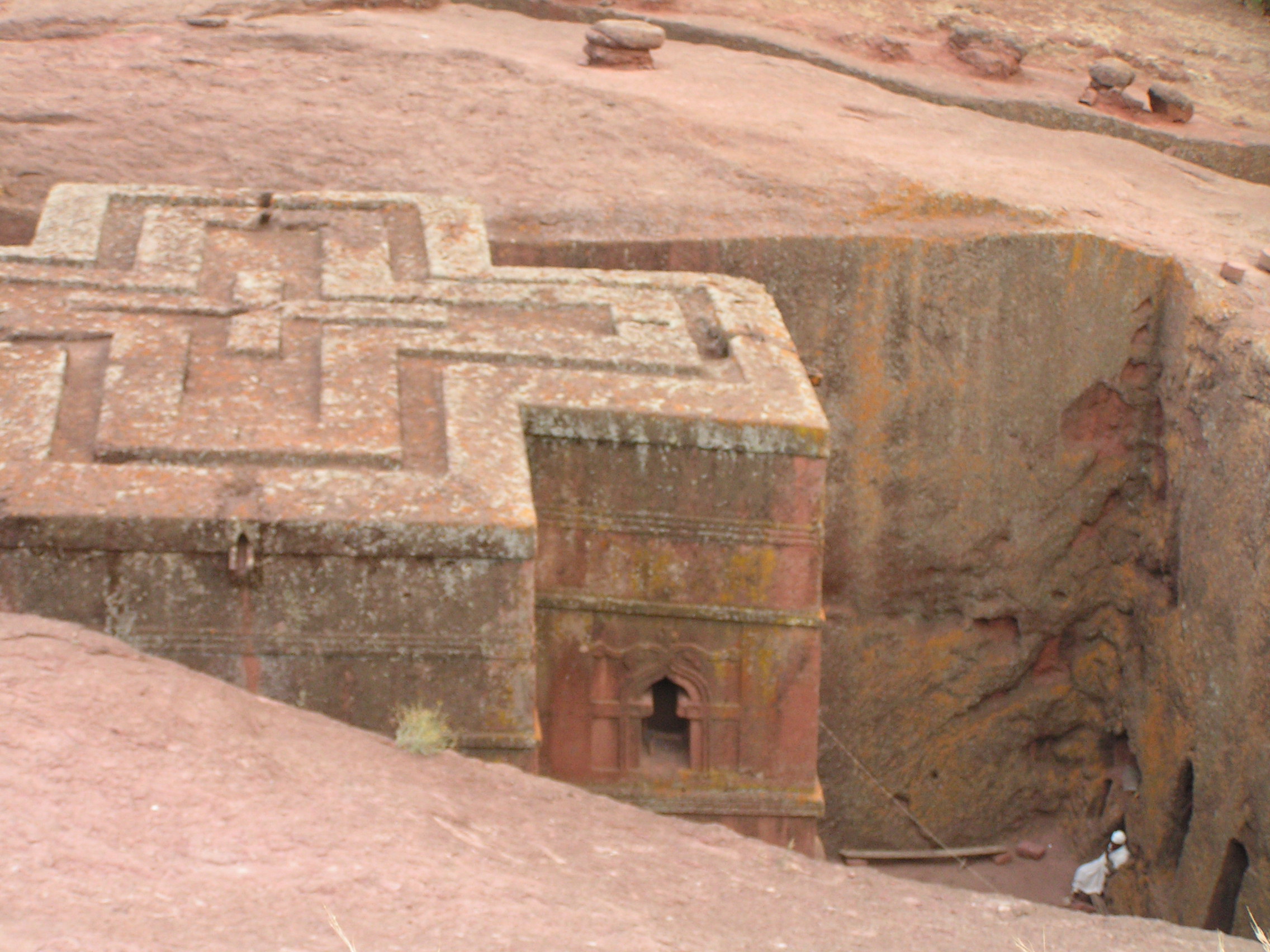
The primary building period for the rock-hewn churches, a major highlight of all Ethiopia Historic Route Tours, is famous was the 8th to 13th centuries AD. It is during these five centuries that we see the construction of churches and sacred buildings in Axum, Tigrai and later Lalibela. For much of this period (the dates are inexact) Ethiopia was ruled by the important Zagwe Dynasty, under whose guidance Ethiopia would become the most important centre of Christianity in sub-Saharan Africa.
Although legend has suggested that some of the Tigrai churches were built in the 4th and 5th centuries, archaeologists now claim that they were mainly built in the 10th, 11th and 12th centuries (David Buxton, “The Abyssinians”, 1970). The rock hewn churches in Tigrai are mainly “vertical” – that is to say they were hewn from vertical rock faces, this being in contrast with the monoliths of Lalibela, which were dug and carved down into horizontal rock. In Tigrai we see the prevalent cruciform design coming into fashion in the 11th century. Wukro Cherkos and Abreha and Atsbeha are relatively accessible and reveal this style.
The Tigrai churches today number over 150, of which approximately 100 are still in use! They are rarely visited by tourists. Religious rites there still mirror the archaic, evangelical nature of the very early Christian church in the Middle East and Europe. The Tigrai rock hewn churches pre-date the Lalibela churches and perhaps influenced the cruciform style of much of the Lalibela architecture.
During the 12th century, with Ethiopia still governed by the Zagwe dynasty, the centre of power moved to Roha, later to be named Lalibela in honour of the most famous of the Zagwe rulers. Here in Lalibela we see the pinnacle of rock church architecture. The eleven monolithic churches of Lalibela are indeed a wonder of the world. Ethiopia Historic Route Tours allow you to see most of these churches during a two day stay in Lalibela.
As Ethiopian rulers extended their power base southwards beautiful churches and monasteries were built on the islands of Lake Tana, the source of the Blue Nile and an ancient “connection” with the Egyptian civilisation. The Lake Tana sacred buildings were mainly built between the 14th and the 17th centuries. In this period Lake Tana became the spiritual centre of Christianity in Ethiopia, particularly for the monastic communities that continued to thrive in Ethiopia long after the decline of their European counterparts. These monasteries would retain their high religious status into the 17th-century when the Emperor Fasil of the Solomonic dynasty founded the new capital of Gondar alongside Lake Tana. Typical Ethiopia Historic Route Tours visit Gondar Castles and the medieval monasteries on Lake Tana.
Christianity is not the full story of religious faith in Ethiopia and Ethiopian HIstoric Route Tours allow you to learn more about pre-Axumite society, the legends of the Queen of Sheba and King Solomon, the popular belief that the Ark of the Covenant resides in Axum, and the arrival and development of Islam.
Some recommended reading on Ethiopia’s Historic Route:
Ethiopia Bradt Guide written by Philip Briggs revised 2012
Under Ethiopian Skies By Hancock, Pankhurst and superb photos by Duncan Willets, 1983
The Abyssinians by David Buxton, 1970.
In Ethiopia with a Mule Dervla Murphy, 1969
The Sign and the Seal Graham Hancock, 1992
_________________________________________________________________________
Ethiopia Historic Route Tours with Gane and Marshall
Gane and Marshall offer fully guided Ethiopia Historic Route tours (we also offer an option for a separate guide in each centre to reduce your costs). Our tours of Ethiopia’s Historic Route cover the primary attractions such as Axum and Gondar, but also visit to the region of Tigrai, with its fascinating rock churches, ignored on almost all other itineraries to the region. To learn more about Tigrai and our guided Ethiopia Historic Route tours in general, contact us.
Travelling alone? Our next open group tour to see Axum, the rock churches of Tigrai, Lalibela, Gondar and Bahir Dar is scheduled for February 2015. Do get in touch to go on the mailing list for this most special departure visiting Ethiopia’s Historic Route. Our open tours are small group departures leaving at fixed dates throughout the year; they are a great opportunity for single travellers looking to travel with others.
See more about our Ethiopia Historic Route tours on our main website.
See also our guest blog by Rachel Clarke on Ethiopia’s Historic Route
